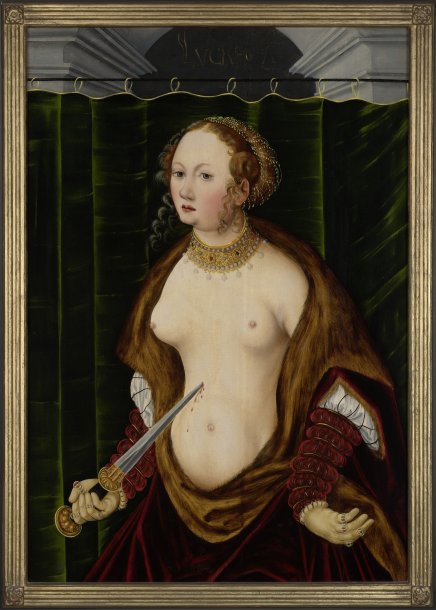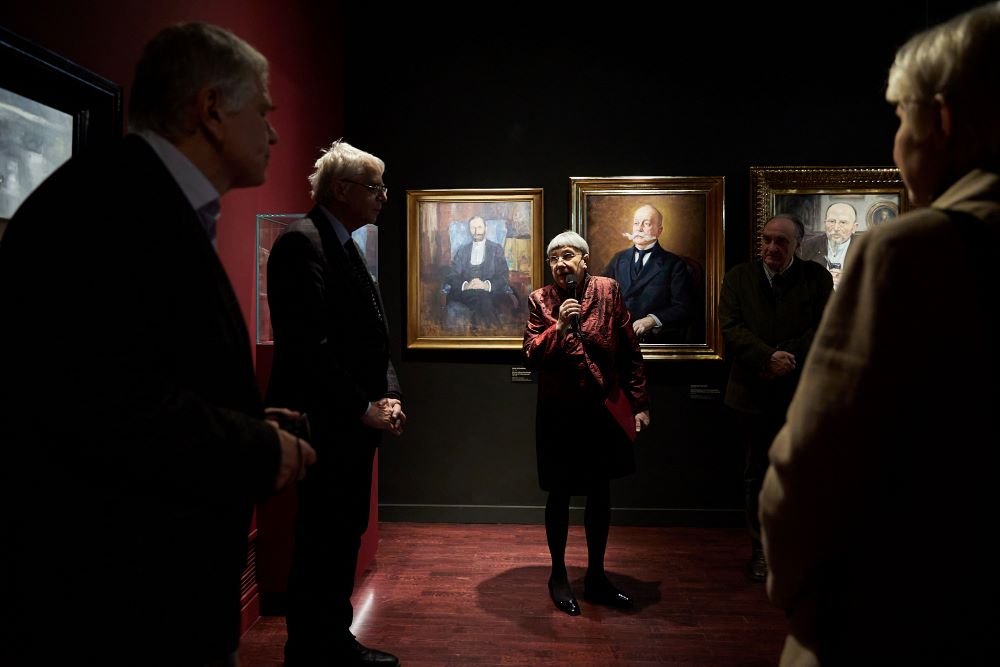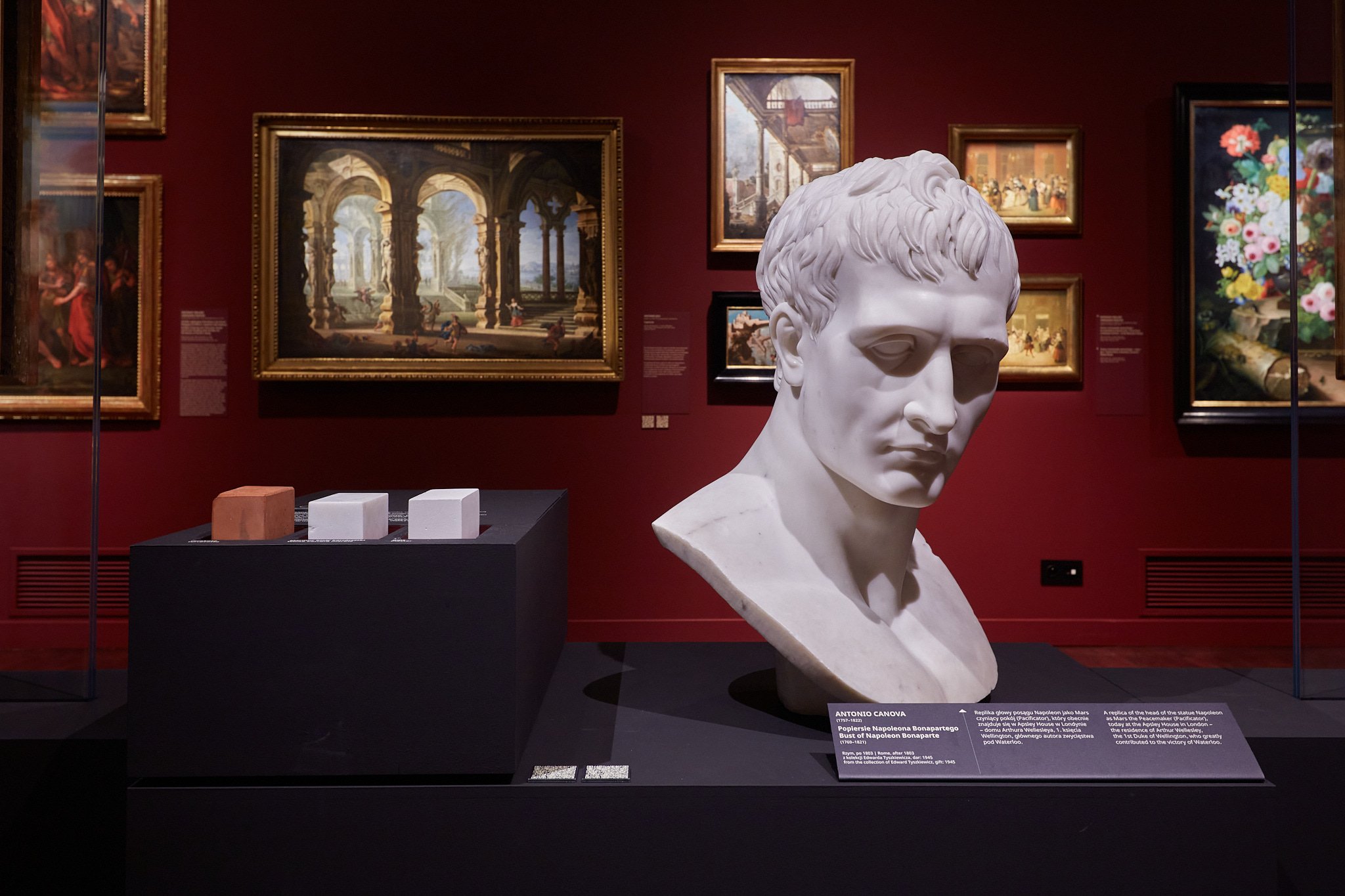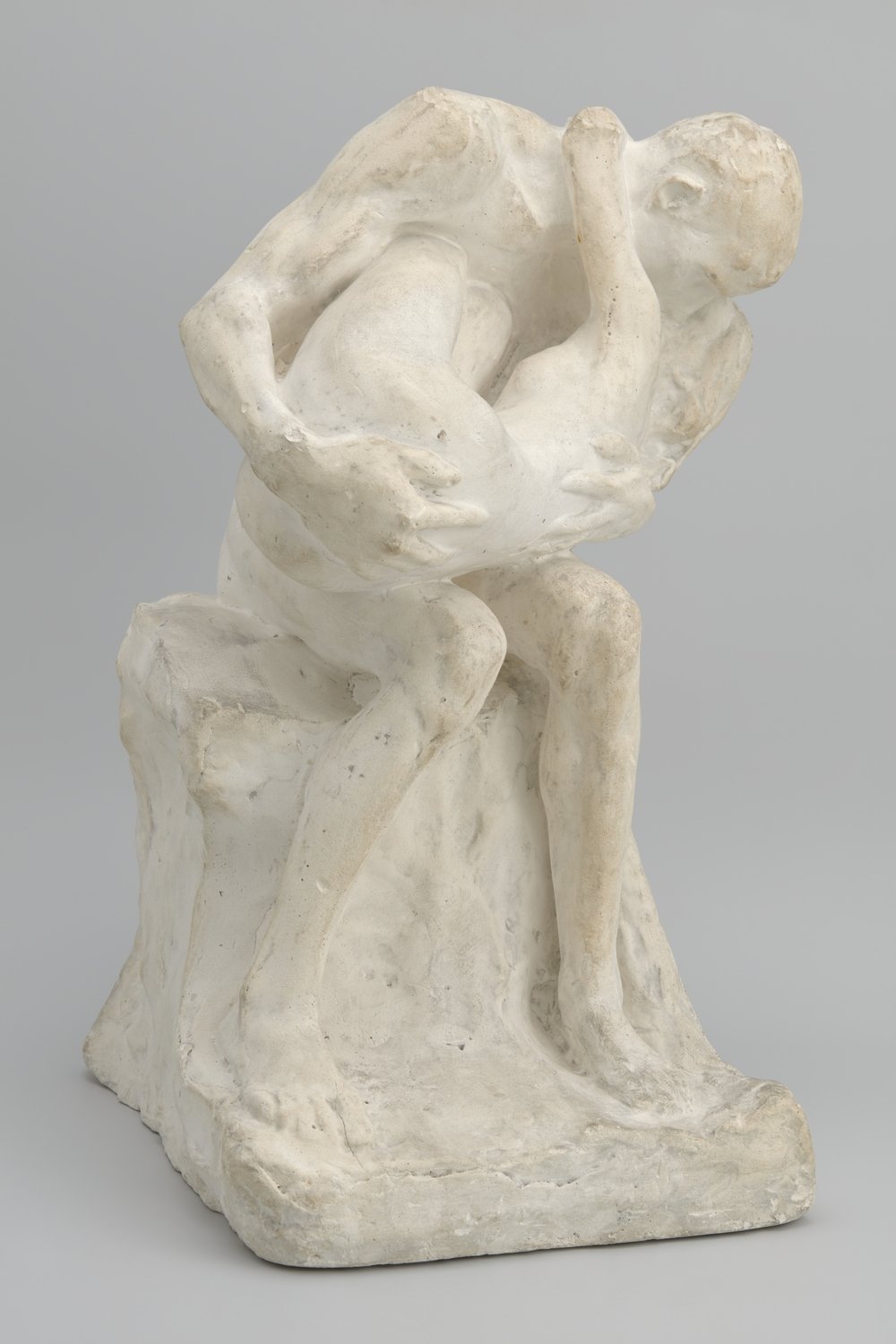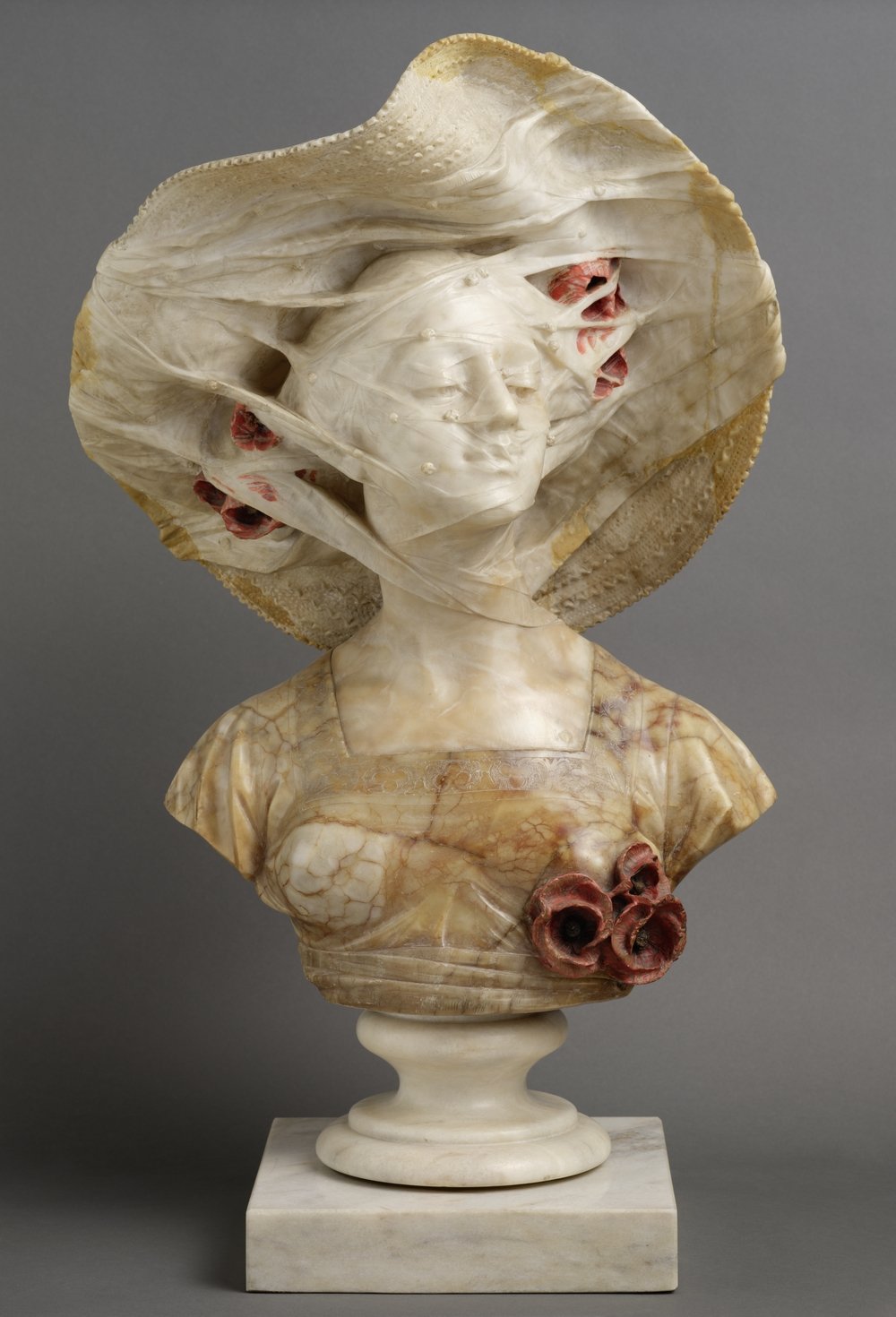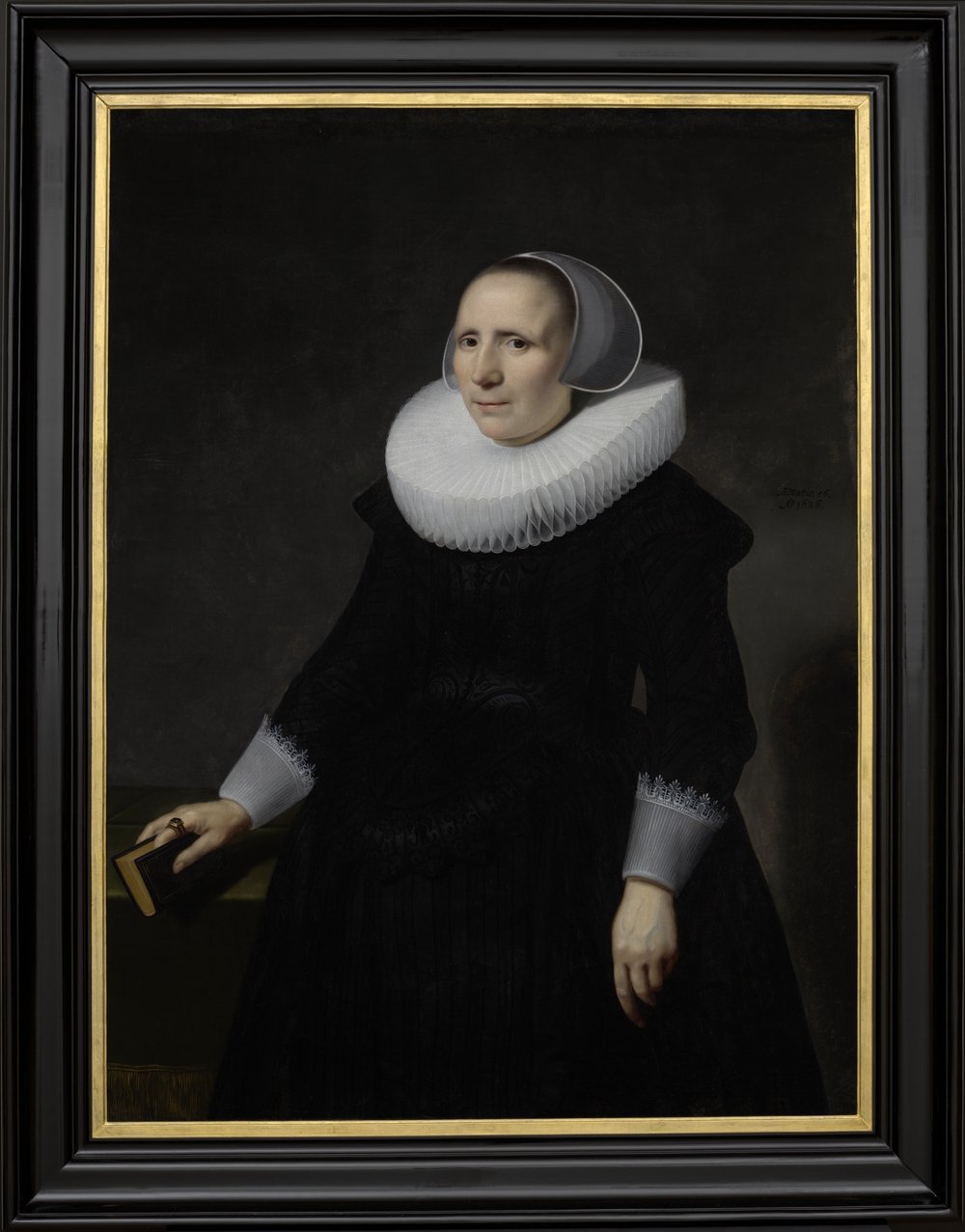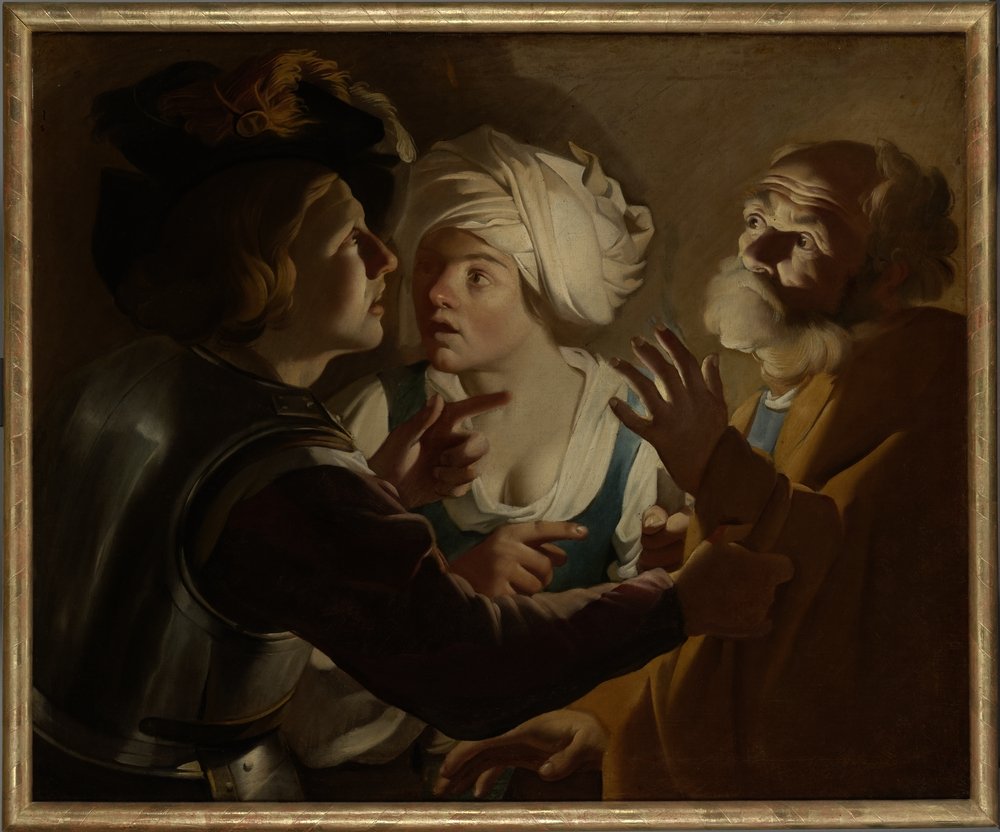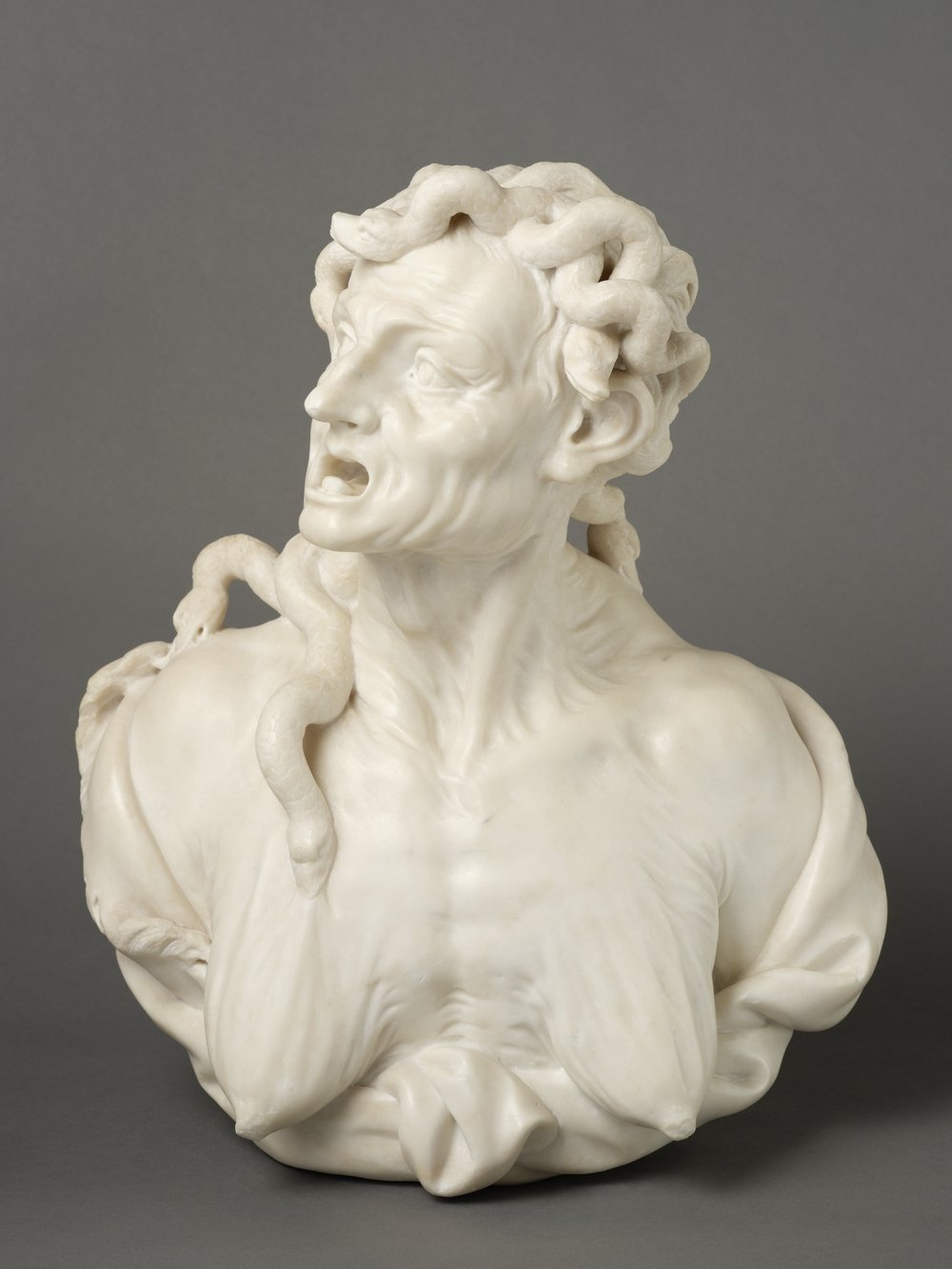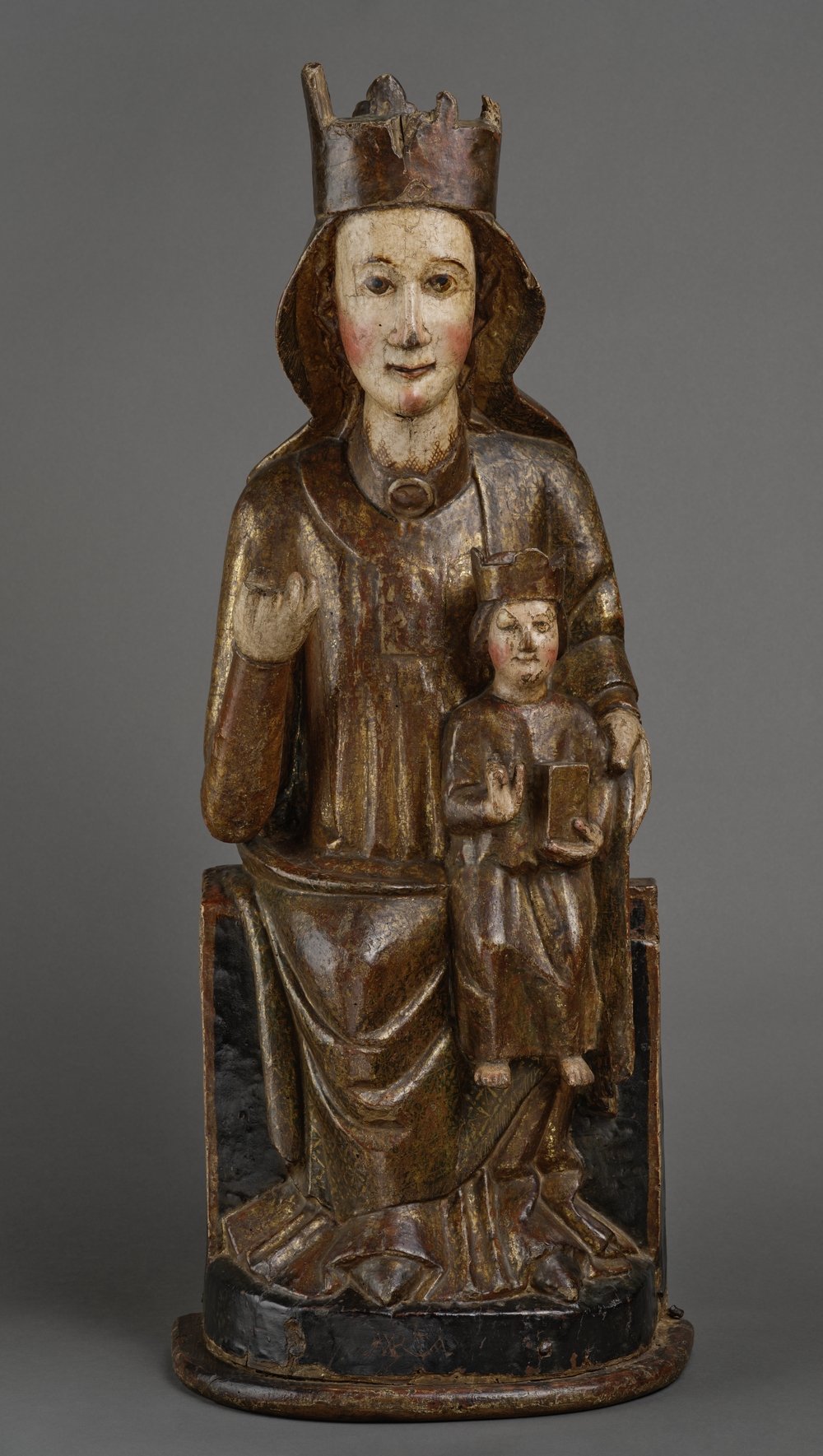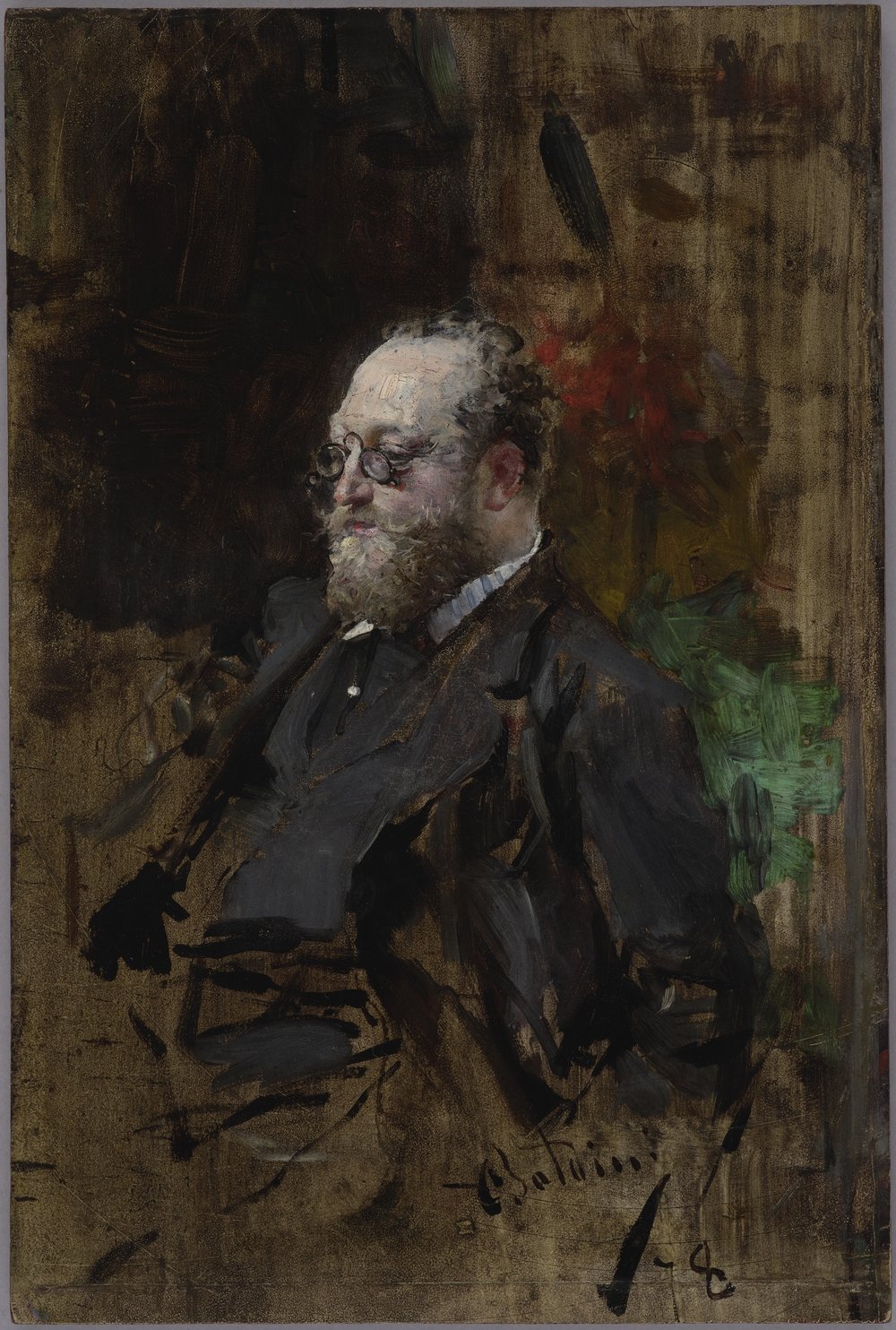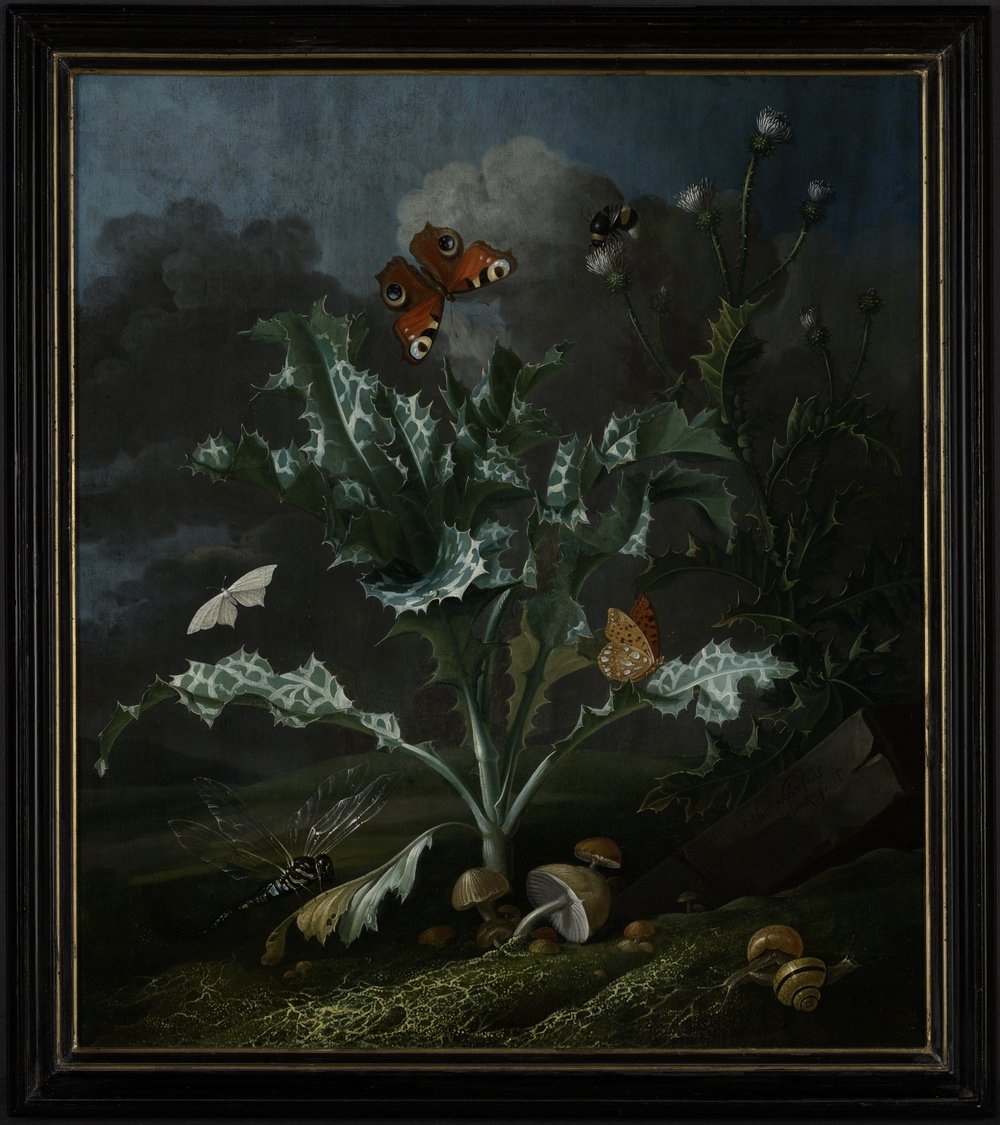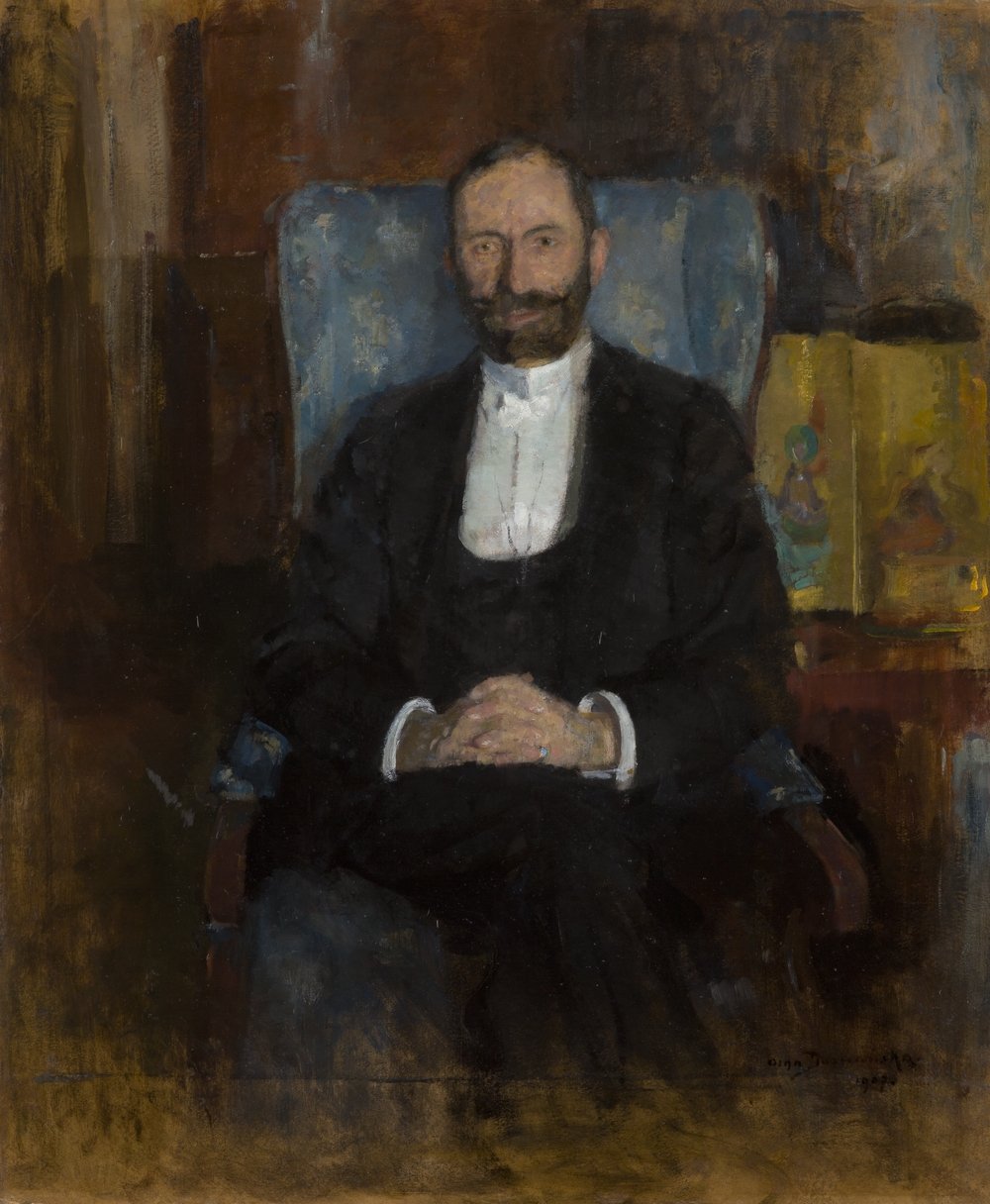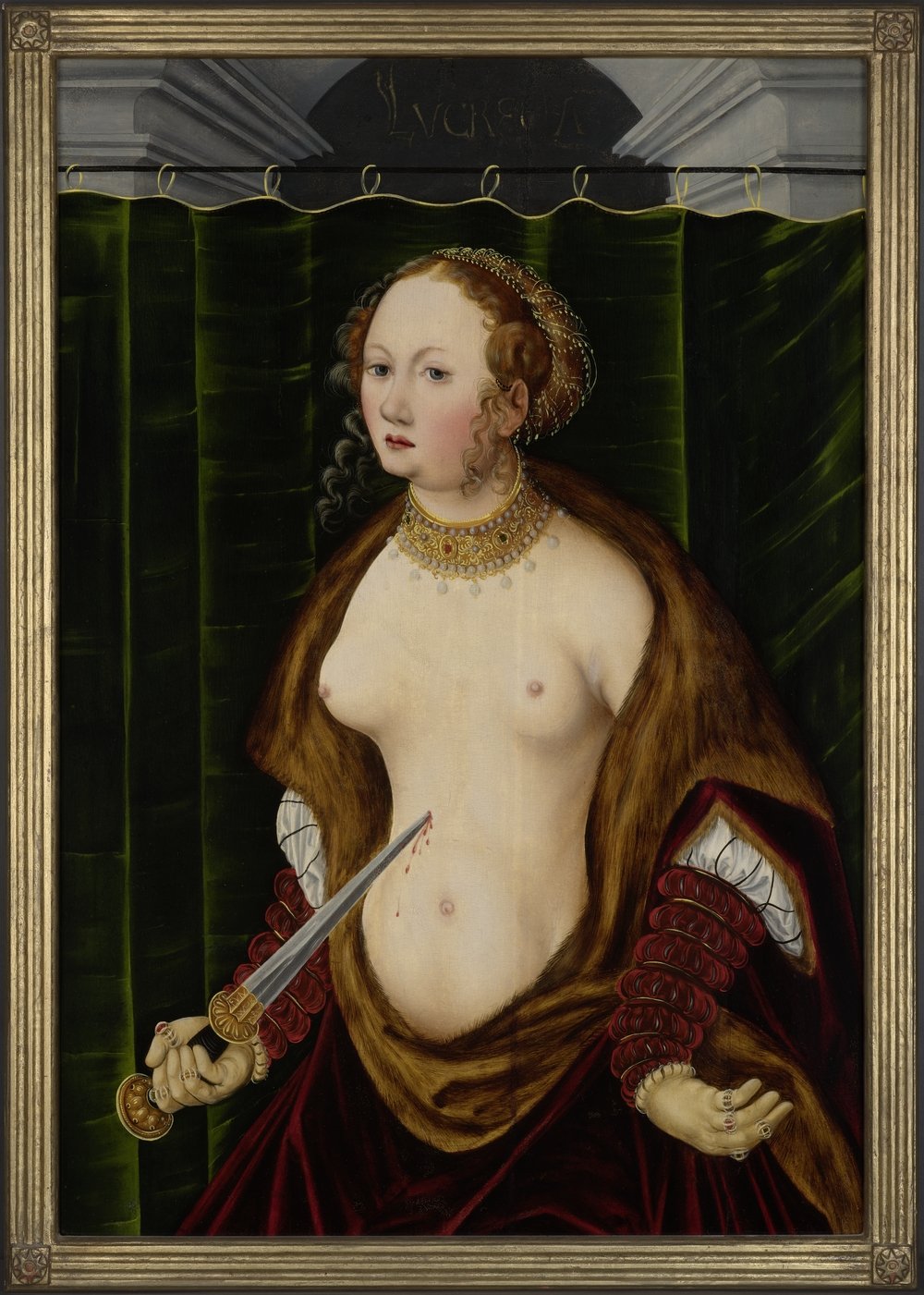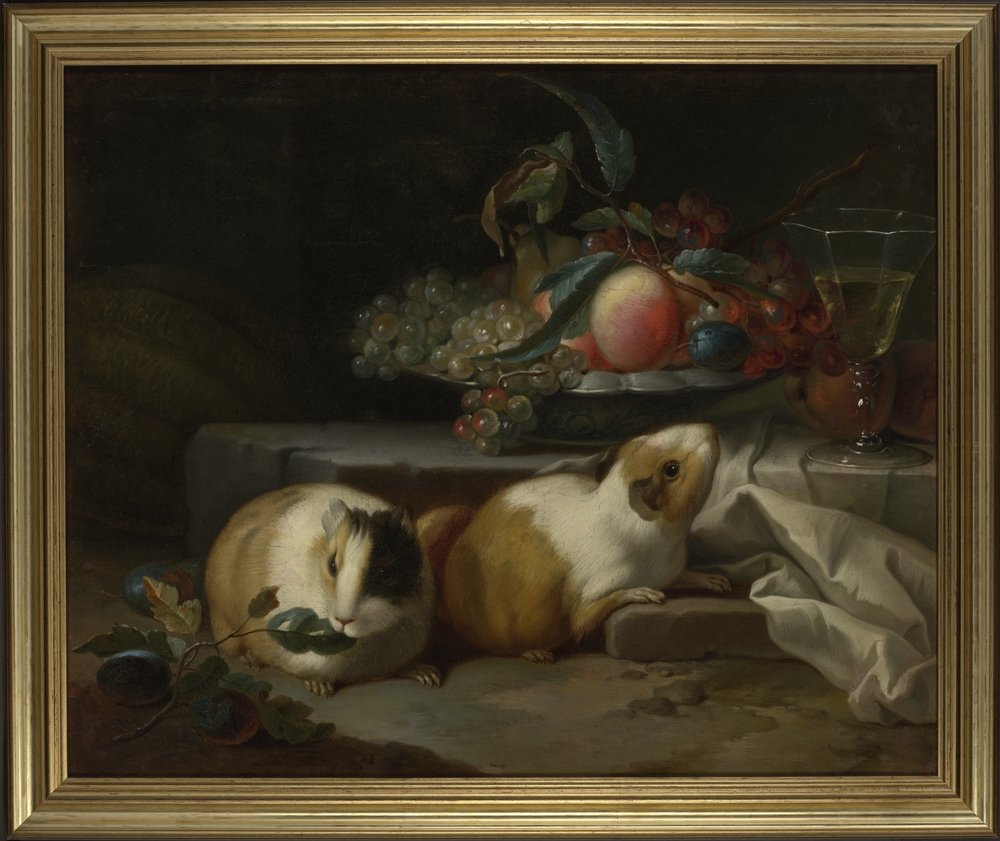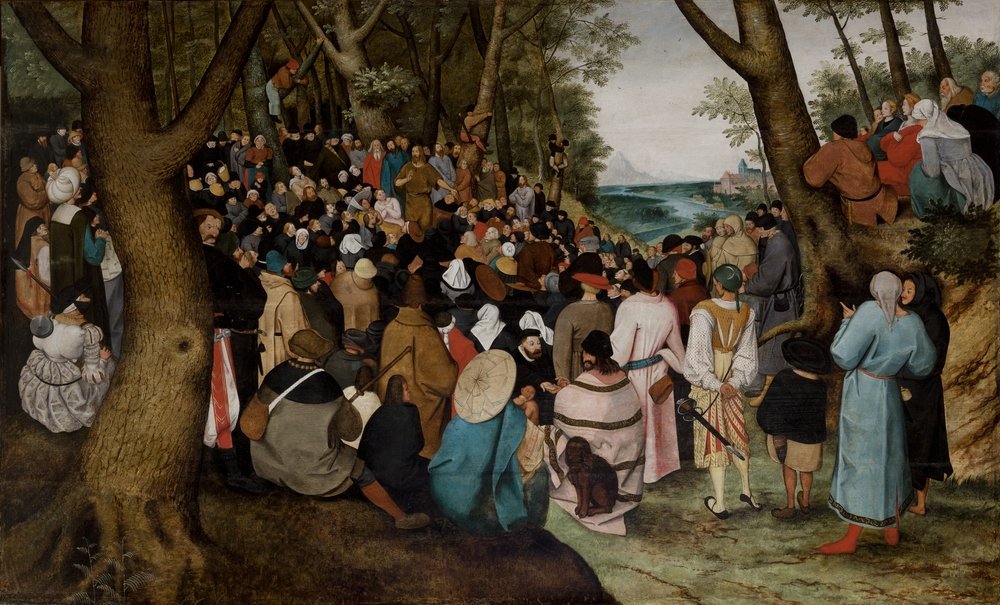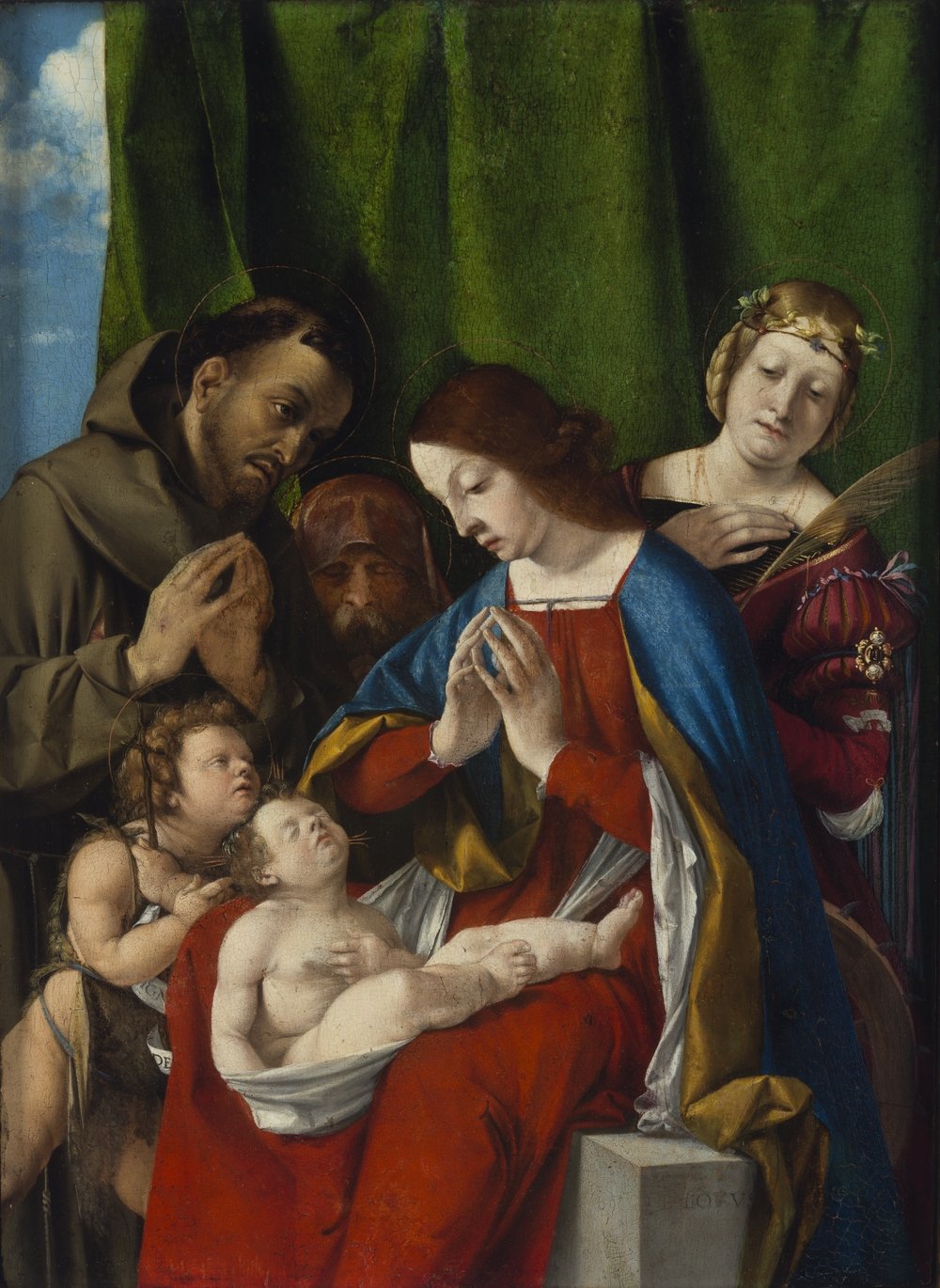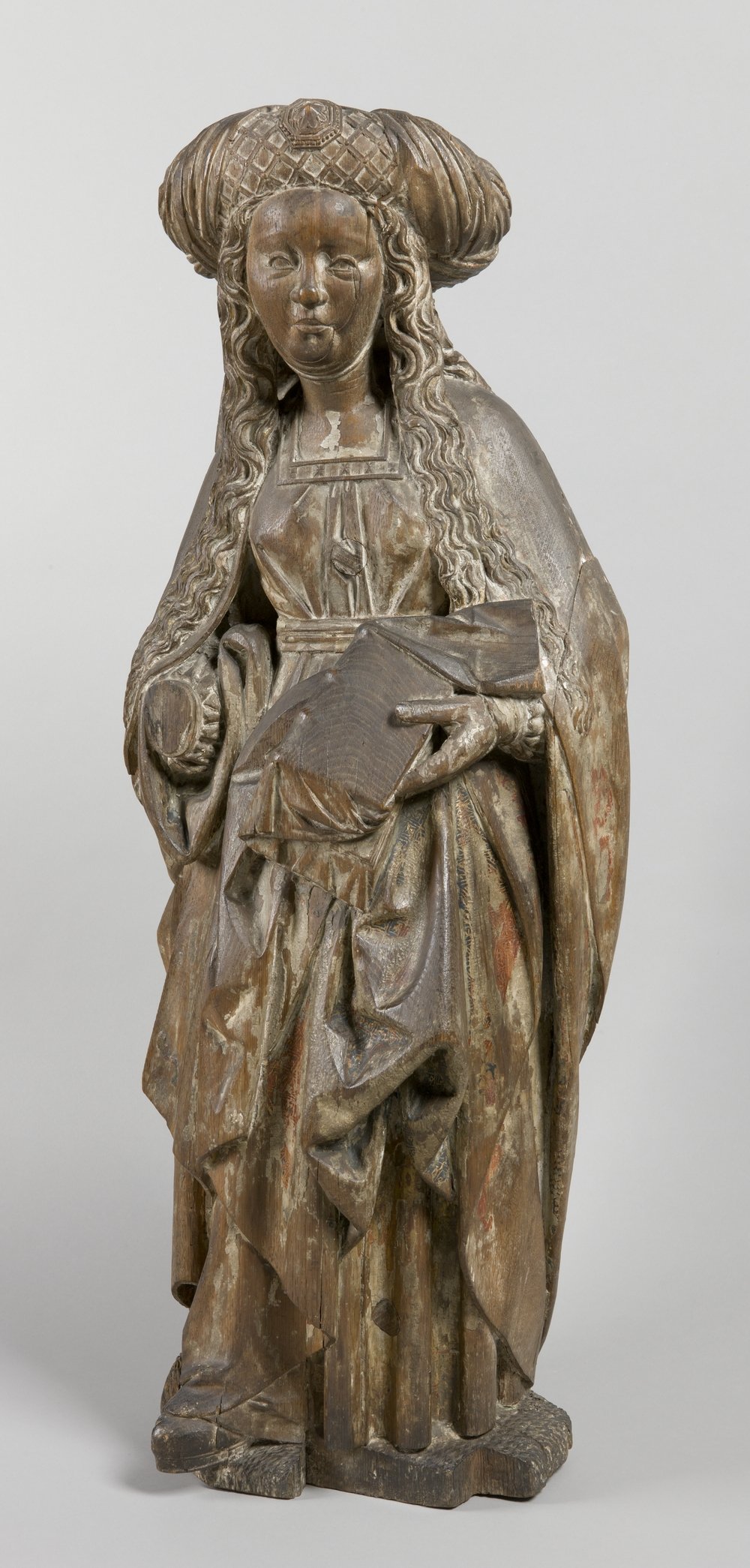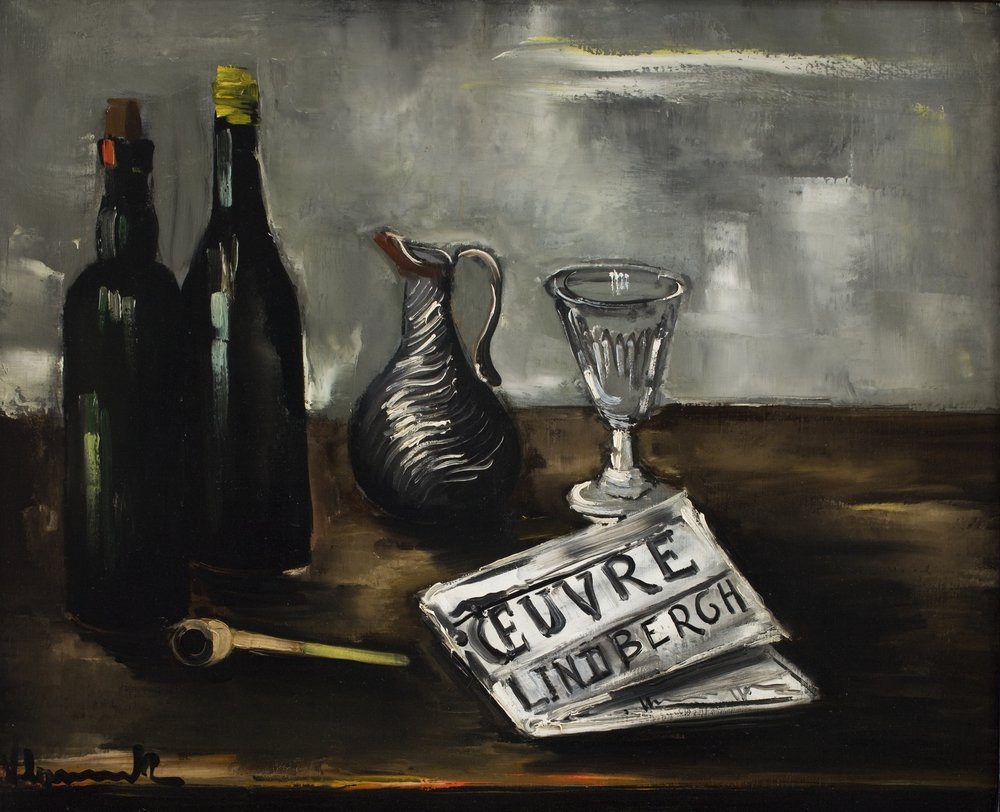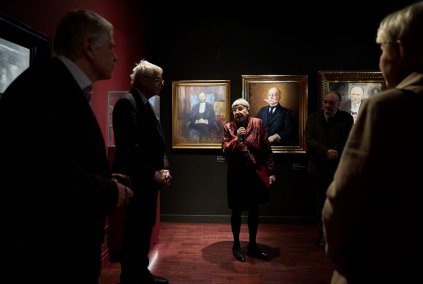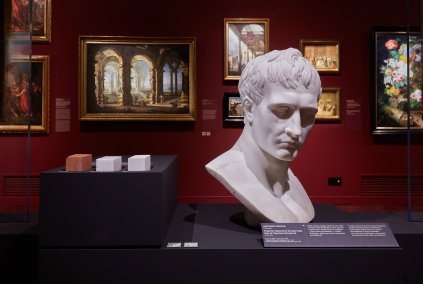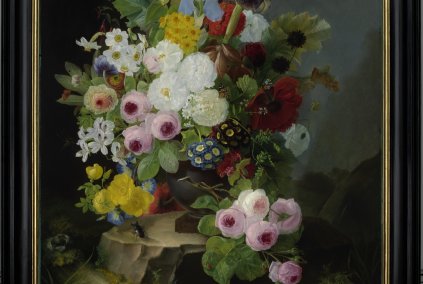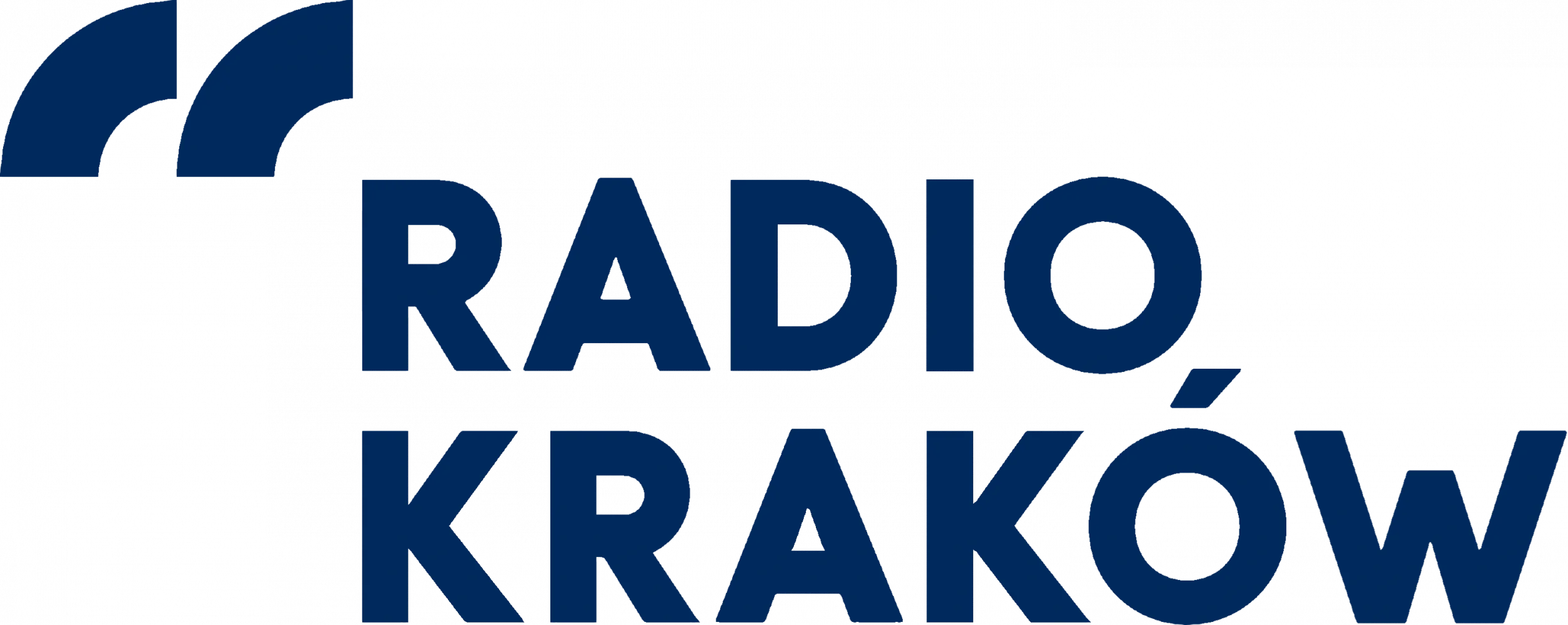JAN VAN OS (1744–1808), Flower Bouquet, Holland, ca. 1800. Deposit
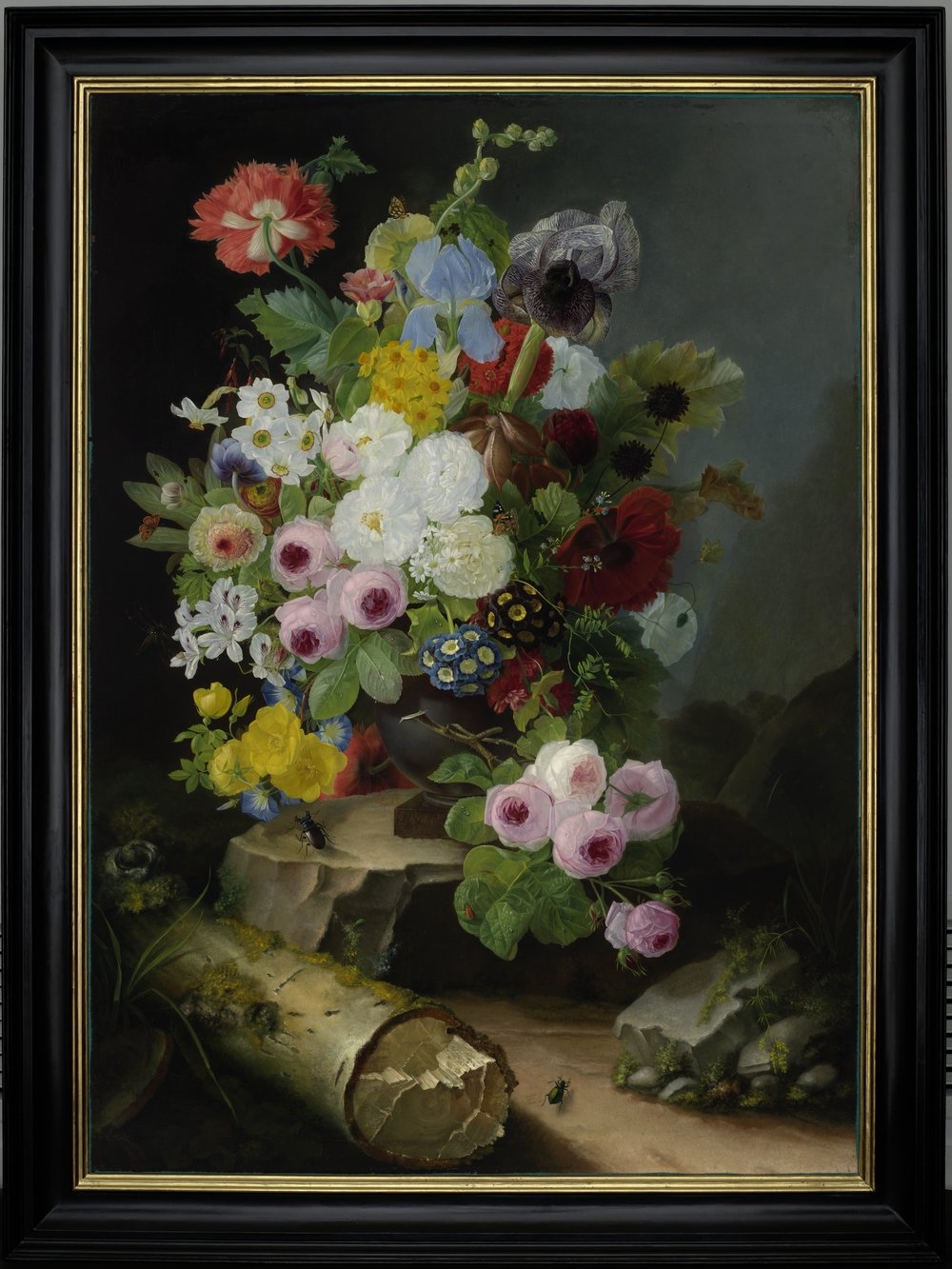
GUSTAV VIGELAND (1869–1943), Kiss, Norway, 1897. From the collection of Feliks Jasieński, gift: 1920
![European Art Gallery]()
EMILIO FIASCHI (1858–1941), Bust of a Woman in a Hat and a Veil, Italy, between 1910 and 1915. Provenance unknown, gift
![European Art Gallery]()
WILLEM VAN DER VLIET (ca. 1584–1647) [attributed to], Portrait of a Woman with a Book Holland, Delft, 1636. From the collection of the Tarnowski Family from Dzików, purchase: 2015
![European Art Gallery]()
DIRCK VAN BABUREN (ca. 1595/1595–1624) [follower], Denial of Peter, Holland, Utrecht, 1st half of 17th century. From the collection of the Tarnowski Family from Dzików, purchase: 2012
![European Art Gallery]()
JOSE DE CORTE (1627–1679), Personification of Envy, Italy, Venice, ca. 1670. Provenance unknown, gift: before 1908
![European Art Gallery]()
JAN VAN GOYEN (1596–1656), At the Rink, The Hague, before 1636. From the collection of Stanisław Ursyn-Rusiecki, gift: 1939
![European Art Gallery]()
UNKNOWN SCULPTOR, Virgin and Child, Spain, 13th century. From the collection of Edward Goldstein, gift: 1909
![European Art Gallery]()
GIOVANNI BOLDINI (1842–1931), Portrait of Ferdynand Bryndza (1837–1891), France, Paris, 1878. From the collection of Zofia and Ferdynand Bryndza, gift: 1923
![European Art Gallery]()
OTTO MARSEUS VAN SCHRIECK (1619/1620–1678), Thistles and Butterflies (Sottobosco), Holland, ca. 1670. From the collection of the Tarnowski Family from Dzików, purchase: 2012
![European Art Gallery]()
OLGA BOZNAŃSKA (1865–1940), Portrait of Feliks Jasieński (1861–1929), Krakow, 1907. From the collection of Feliks Jasieński, gift: 1920
![European Art Gallery]()
LUCAS CRANACH THE ELDER (1472–1553) [follower], Suicide of Lucretia, Germany, after 1525. From the collection of Jan Matejko, gift: 1889
![European Art Gallery]()
BOGDAN TEODOR LUBIENIECKI (1654–ca. 1718) [attributed to], Guinea Pigs, Germany or Poland, ca. 1700. Purchase: 1936
![European Art Gallery]()
PIETER BRUEGHEL THE YOUNGER (1564–1638) [attributed to], Sermon of Saint John the Baptist, The Netherlands, Antwerp, 4th quarter of the 16th century. Purchase: 1963
![European Art Gallery]()
LORENZO LOTTO (ca. 1480–1556), Adoration of the Child with Saints, Italy, ca. 1508. Purchase: 1971
![European Art Gallery]()
LAVINIA FONTANA (1552–1614) [attributed to], Judith with the Head of Holofernes, Italy, Bologna, between 1590 and 1595. Purchase: 1976
![European Art Gallery]()
MASTER OF THE UTRECHT STONE FEMALE HEAD (active ca. 1500–1530) [attributed to], Female Saint with a Book, The Netherlands, Utrecht, between 1500 and 1530. Purchase: 1965
![European Art Gallery]()
MAURICE DE VLAMINCK (1876–1958), Still Life with a Newspaper, France, after 1927. From the collection of Samuel Salz, gift: 1937
![European Art Gallery]()
